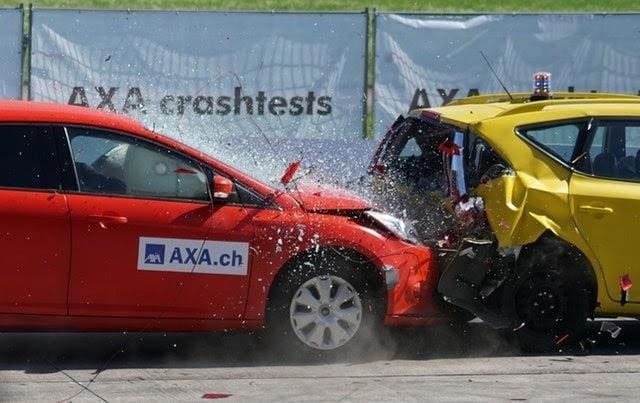If you’re a long term owner of a car or any other vehicle, chance is you had at least one accident in your life whether major or minor. And rear-end is one such accident that’s frustrating but can be very severe at times.
If you don’t have a clue about it, a rear-end or shunt is a type of accident caused when a car crashes into another from behind. The collision is caused due to the recklessness of the driver, distractions, tailgating, panic stops, rash driving, etc. Weather can be a contributing factor as well. When your car gets hit, the rear bumper gets most of the damage. But fret not! The rear bumper repairing doesn’t cost much. And you can purchase a new one easily from online auto parts store like AutopartsZ.
Rear-end collision damages your vehicle and can bring discomfort. According to the NHTSA, the percentage of rear-end accidents is 23–30%. When an accident happens it’s easy to lose your calm and yell at the other driver. But that won’t serve you anything, will it? What will you do then? What you should do is promptly check if you or other passengers with whom you’re taking a ride with are hurt or not. But this is not all, you need to take more than one particular step. Here are some of them.
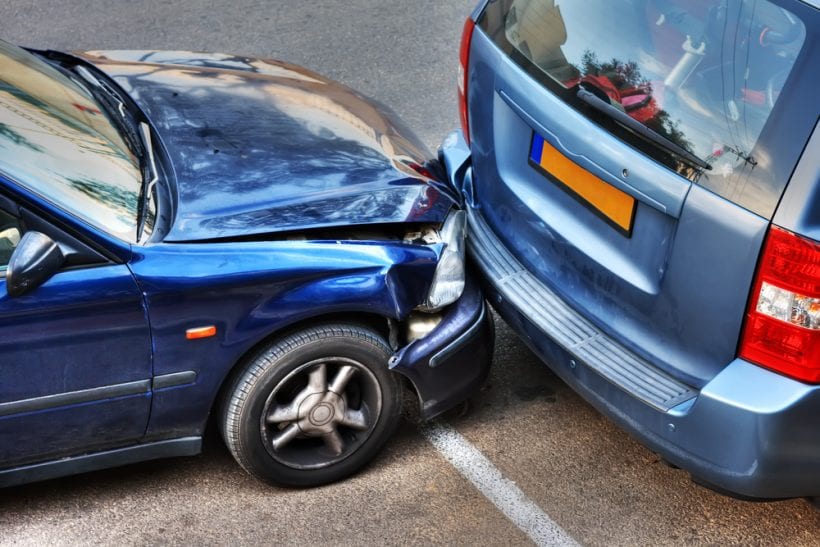
1. Safety First
A general suggestion to keep a first-aid box inside your car should be applied. The first aid box can be very useful in sorry situations like this. Rubbing alcohol, some necessary medicines, and ointments prescribed by physicians, cotton wool, gauze, and some aid bands are some principal items that should go inside the box.
This will help tackle the situation if only minor cuts and bruises form. However, for more graver ailments, check my point number 2.
2. Call an Ambulance
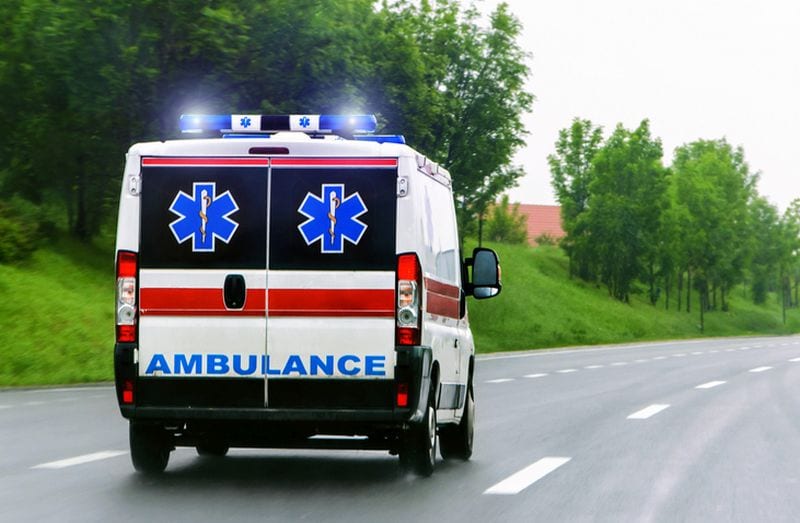
The reason I’ve put this as my second point is that this needed to be discussed separately and more elaborately. Call an ambulance immediately if you see heavy bleeding and get dizziness, body pains, headaches, etc. You might ignore the pain you’re feeling assuming it as something harmless but it could be mild fractures or dislocations.
I’m speaking with personal experience as my mum has faced something like that. She thought the pain was normal and would get better with time. With time it only got worse and when diagnosed, turned out to be a fracture. Now, the idea behind telling you this is not to scare you but to make you aware.
So, don’t delay going to a doctor even if you feel that nothing has happened.
3. Now Call the Police
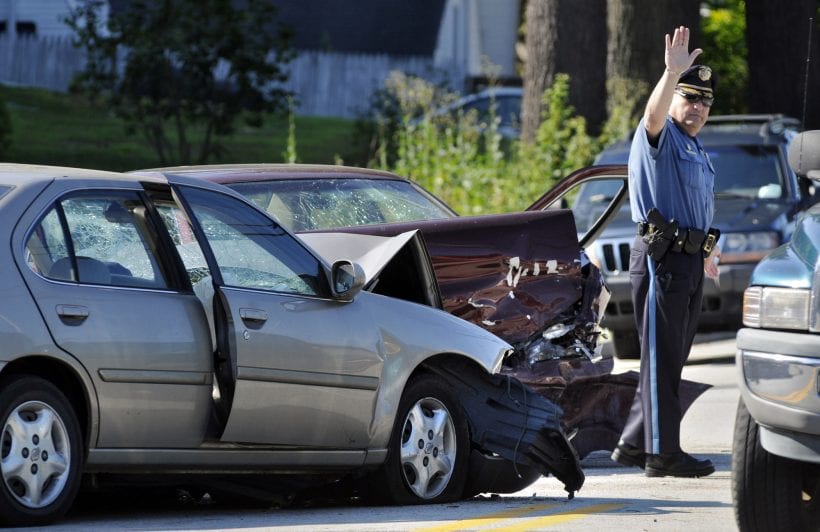
Don’t skip this thinking it’s unnecessary cause it’s not. Report the crash to the police even if you are not injured. Their report will document the accident and your injuries (if any). One thing worth mentioning- some police departments will only report to the scene of an accident if an injury has occurred.
If you didn’t sustain any injury but only your property was damaged, you may have to visit your local police department and file a report. Be specific and thorough when the police ask you questions. Don’t sugarcoat or exaggerate your words in such a way that might lead you in trouble.
4. Obtain Necessary Information
Immediate after the collision, after you’ve made sure everyone’s safety, get out of your car and look for evidence. This includes taking pictures of the scene where the crash has happened, it’s good to include photos of both party’s vehicles for future inclusions as evidence.
Take a good look around your car and observe the useful items such as street signs, other vehicles’ license plates, damages inside both the cars, etc. Now, take a few good pictures and videos of them. If there were injuries especially bleeding and bruises, don’t forget to take those snaps as well.
5. Talk to People Who Witnessed the Accident
If anyone else witnessed the accident, talk to them. Ask them what they saw during or after the accident happened. Inquire about the accident from more than one people. Including more than one person can give you clarification about the incident and increase the relevancy of the story narrated by them.
Their account can also help determine the person at fault. Get their contact details such as their phone numbers and emails so you or your insurance company can contact them later, if necessary.
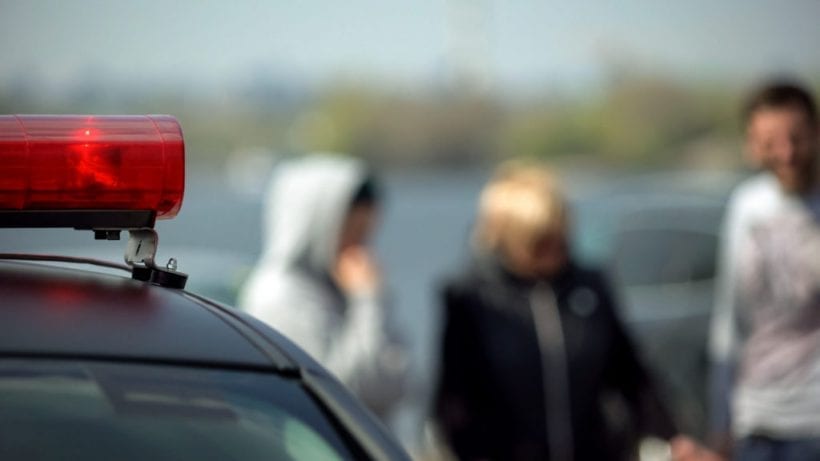
6. Talk To the Driver
I know, I know, resisting the temptation to at least give the driver a kick is hard. But consider a few points here rather than being utterly pissed. Ask them what caused them to crash from behind, were they having any issues? Do they have any kind of health problem?
Even if you don’t like their answers or if they are rude to you, refrain yourself from cursing or even worse- hitting. This might have an adverse effect on you while you talk to police or any solicitor.
Also, don’t apologize to the driver when it’s clearly their fault. Instead, keep the conversation short and to the point. Ask them to cooperate when you’re collecting their information such as their name, driver’s license number, insurance provider, address, phone number, email, and the driver’s license number.
7. Have a Word With the Insurance Company
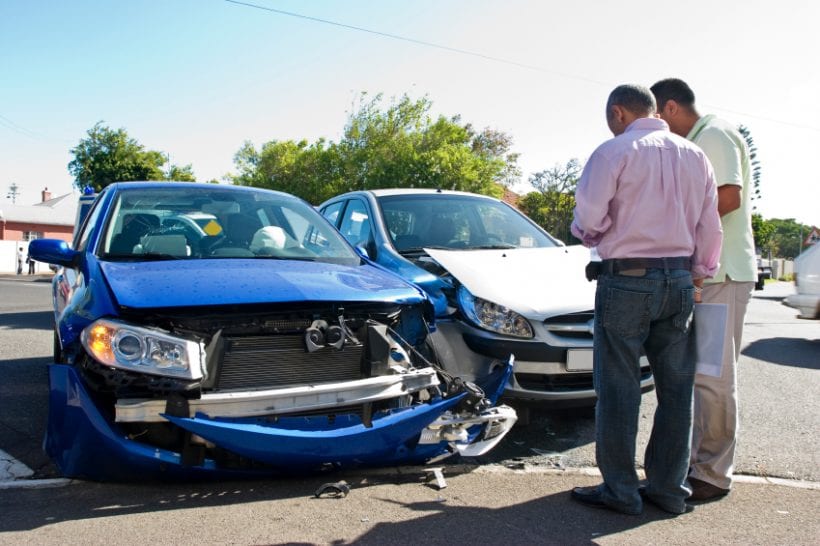
When you contact the insurance company, state clearly about what happened. It’s always better to talk in person rather than on the phone. They might provide you assistance and a tow truck based on your clause. Follow their instructions to cover the costs of damage to your vehicle and medical care.
8. Seek Advisors For Legal Advice
It is best to call an experienced car accident attorney to discuss your legal options. The sooner you do it the better. The problems might escalate if the other party files a case against you before you take any action.
The longer you wait before calling an attorney, the difficult it will be to obtain compensation. A skilled member of legislation can easily identify the parties in question, gather evidence to support your case, deal with insurance claims, and seek full compensation on your behalf.
Final Word
As I stated earlier, the aftermath of an accident can be a traumatizing experience. Hence, it’s important to take precautions to protect your health and compensation claims.
Seeking car parts for your car brands after the collision? I recommend you to visit PartsCargo for any aftermarket auto parts. There you can search your auto parts based on the year, make, model & engine.
My final advice for you to always insure your car to tackle this type of situation. Have a safe journey, always.

